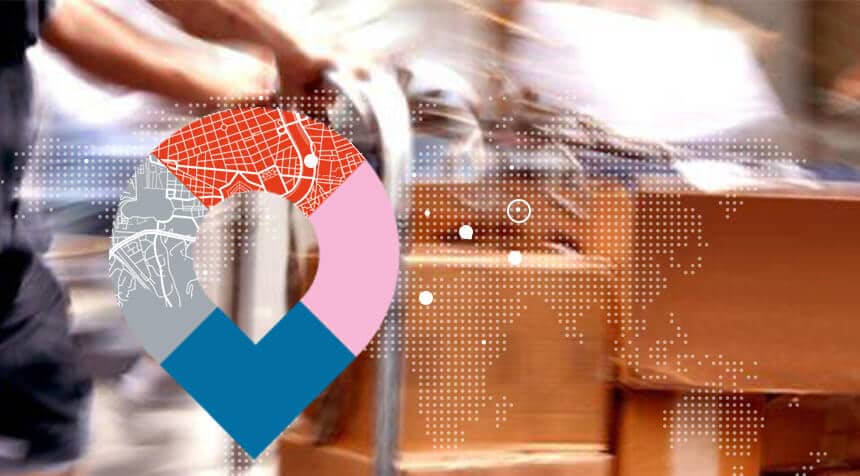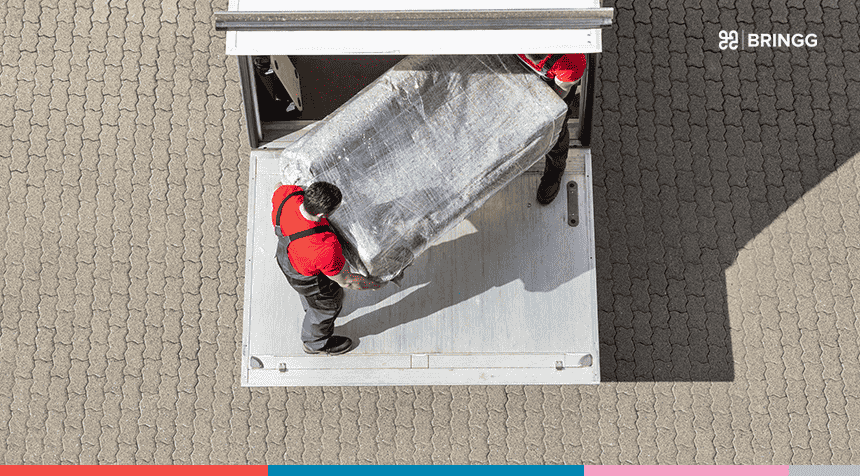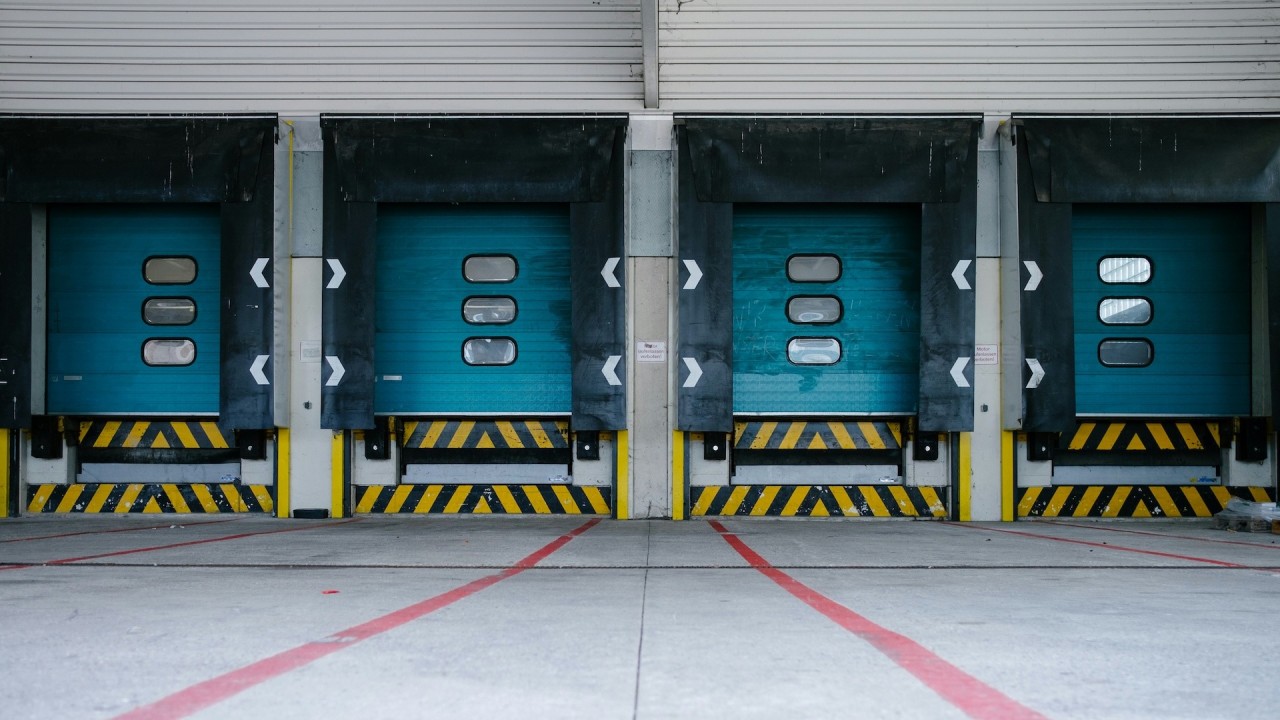The traditional delivery model is breaking under the overwhelming volume of eCommerce orders. To guarantee fulfillment capacity, retailers need to rethink their fulfillment models.
To no one’s surprise, logistics companies are being overwhelmed by the sheer volume of eCommerce delivery right now. UPS restricted shipping on from Gap and Nike orders, and even purportedly told drivers to stop picking up orders entirely from some large brands. This repeats a pattern we saw earlier this year, when multiple delivery providers warned of increasing shipping costs for large retailers. The traditional delivery model is breaking under the overwhelming volume of eCommerce orders.
It’s not the fault of these logistics companies – they’re actually facing serious challenges of demand to increase revenues and efficiency while managing shipper satisfaction and ensuring faster, more accurate delivery times with a shrinking hiring pool for drivers (but I’ll touch on that in another post).
Nonetheless, it’s a problem that delivery companies face, and they’re reacting to it in in three ways:
1. Hire more drivers. This is not a viable solution; temporarily hiking up manpower every time volume goes up is costly, and sometimes impossible to do, thanks to a dearth in delivery drivers.
With the load overwhelming everyone everywhere, the fight, cost and availability of delivery drivers is not what it used to be. Traditional delivery companies also have to deal with competition from VC-backed companies that have deep pockets and can more easily afford demand-driven expansion costs.
2. Increase prices. When delivery companies raise shipping prices, the retailers either have to eat up the extra cost, or let it drip down to the customer in the form of higher delivery prices – just when consumers place a high value on free delivery. Both are bad options, as retailers are already under pressure from Covid-19 and consumers want to pay less for delivery as time passes.
3. Add shipping limits for some shippers, i.e. the approach we’re seeing now from UPS (and probably other logistics companies). What happens when shippers exceed their pre-set delivery quota? Many orders simply won’t be delivered.
Any one of these would be a bad solution that hurts shippers just when delivery has become their lifeline, with online sales reaching historic highs and physical store traffic at an all-time low.
The current imbalance in fulfillment capacity and order volume will have immediate, serious ramifications on their market share. Even when a retailer’s orders get on a truck, the fulfillment experience is still in jeopardy, with 64% of providers reporting that they dealt with more late or failed deliveries than what is typical.
This is a situation that is here to stay, and will only grow more acute over time. A long-term solution is needed; brands should consider this a clarion call to rethink how they fulfill online orders.
What can retailers do to guarantee eCommerce fulfillment capacity?
Retailers can take one or more approaches:
Turn to alternative fulfillment options. Click & collect sales are expected to rise by 21% to $101B in 2022 – now is the time to embrace click and collect options.
Curbside pickup and BOPIS are the fastest-growing delivery methods, according to a recent PYMNTS.com study. Most curbside implementation as of now has been in grocery; it’s time that other retailers launch or expand their pickup options to manage eCommerce fulfillment costs at scale and provide the convenient options customers expect to see at checkout.
Work with multiple delivery partners. Using a single delivery provider inevitably leaves brands open to capacity issues. Instead, they can turn to a delivery and fulfillment platform that helps you work with multiple delivery partners, flexibly playing with loads according to the peaks and drops in demand.
I strongly recommend platforms that can implement different business models and execute them in real time, as demand fluctuates and retailers need a sophisticated system to deal with the customer experience and manage costs.
Build a hybrid model that can deliver in all places, with complete control over the delivery process. By ‘hybrid’, I mean the ability to use your own employees or even an internal fleet as well as third party fleets. Your fleet can manage a set load of orders, with excess orders being sent automatically to third party fleets. Ideally, the logic behind which orders go to each fleet should be something you can set, based on your business logic (costs, premium delivery options for subscribed customers, etc.) and operational needs such as time-to-deliver and fleet availability.
These solutions can be implemented as part of an omni-channel fulfillment strategy that places the customer at the center. Your customer wants to do pickup? Great, they’ll get their package quickly and save both of you the cost of delivery. They want delivery? Make on-demand delivery available via third party fleets, and incentivize cheaper planned delivery.
The choice of solution must be based on what your customers want, and what will work based on your specific business requirements. Retailers can choose all and any of these options by using a unified delivery and fulfillment platform that can launch and scale multiple fulfillment models fast. Either way, the clock is ticking. Retailers need to adopt demand-driven fulfillment strategies, so they don’t find themselves dropped or priced out of delivery services by logistics providers just when order volume is highest.[/vc_column_text][/vc_column][/vc_row]



